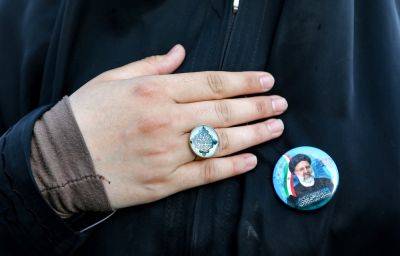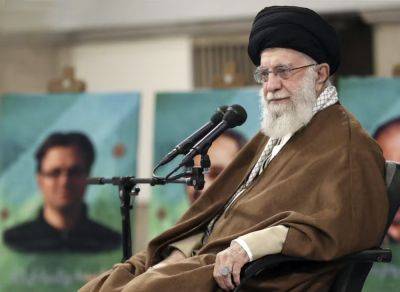What Iran can gain and lose from Sudan intervention
Iran’s role in funding and arming proxy groups in the Middle East has been well documented and has gotten extra attention since the Hamas-led attack in Israel in October 2023. Similarly, Tehran’s arms shipments to Russia are well known and have prompted complaints and sanctions from the West.
But Tehran has received little coverage of its military intervention in another deadly conflict: Sudan’s civil war.
Since that conflict started in April 2023, it has killed at least 13,000 people, injured over 33,000 others and displaced millions more. After years of relative peace, people are once again being massacred in the southern region of Darfur.
In the immediate aftermath of fighting breaking out between two rival factions of Sudan’s military government, Iran limited its involvement to supplying humanitarian aid.
But that policy didn’t last long. Between December 2023 and January 2024, Tehran supplied several Mohajer-6 midrange reconnaissance and combat drones to President Abdel Fattah al-Burhan and his Sudanese Armed Forces, or SAF.
In February, the drones helped the SAF take territory from Mohamed Hamdan Dagalo, known as “Hemedti,” and the paramilitary Rapid Support Forces, or RSF, during an offensive in the city of Omdurman.
While the conflict in Sudan has gotten less global attention than those in Ukraine and Gaza, it is strategically significant for Tehran. As an expert on Iran’s foreign policy, I see how Tehran is increasingly using involvement in African conflict zones to advance the country’s military, commercial and particularly geopolitical goals. It follows a trajectory similar to that of Iran’s involvement in Ethiopia during the Tigray war of 2020-22.
Projecting power
Militarily and commercially, drone exports to






